
Art Nouveau Japonisme French Cut Glass Bronze Mount Vase E Etsy
An international style. style, which had many regional variations. The term (French for "New Art") derives from La Maison de L'Art Nouveau, the Paris art gallery run by Siegfried Bing, who was a major promoter of the new style, as well as of Japonisme and the Nabis. In addition to marketing individual objects, Bing commissioned artists.
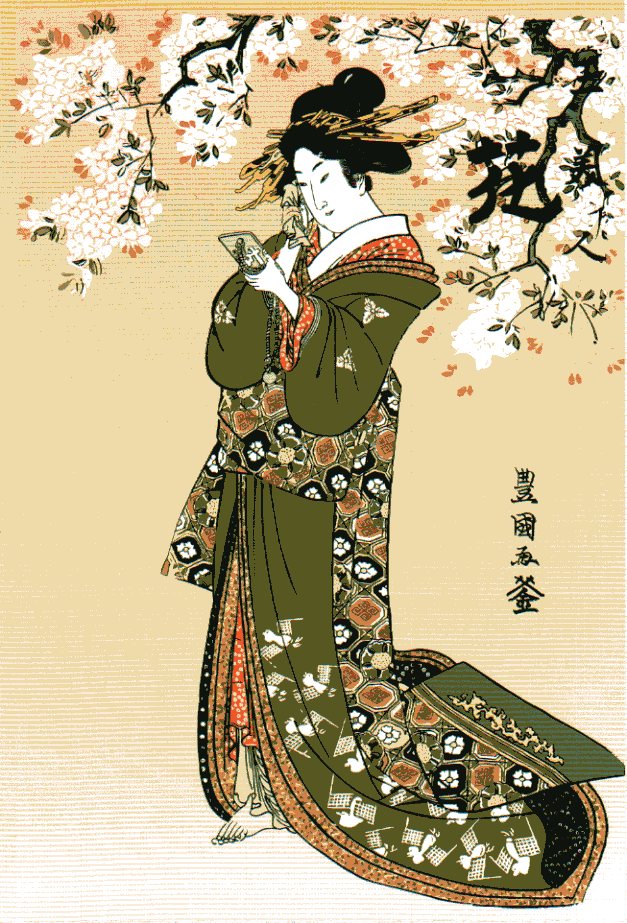
A Guide To Traditional Japanese Art Forms
Summary of Japonism. Depicting the world through an alternate lens from the Western Renaissance, the introduction of Japanese art and design to Europe brought about revolutions in composition, palette, and perspectival space. Japonism, also often referred to by the French term, japonisme, refers to the incorporation of either iconography or.

French Art Nouveau "Japonisme" by Emile Gallé Art nouveau furniture, Art nouveau
Parisians saw their first formal exhibition of Japanese arts and crafts when Japan took a pavilion at the World's Fair of 1867. But already, shiploads of Oriental bric-à-brac —including fans, kimonos, lacquers, bronzes, and silks—had begun pouring into England and France. It is said that James McNeill Whistler discovered Japanese prints.
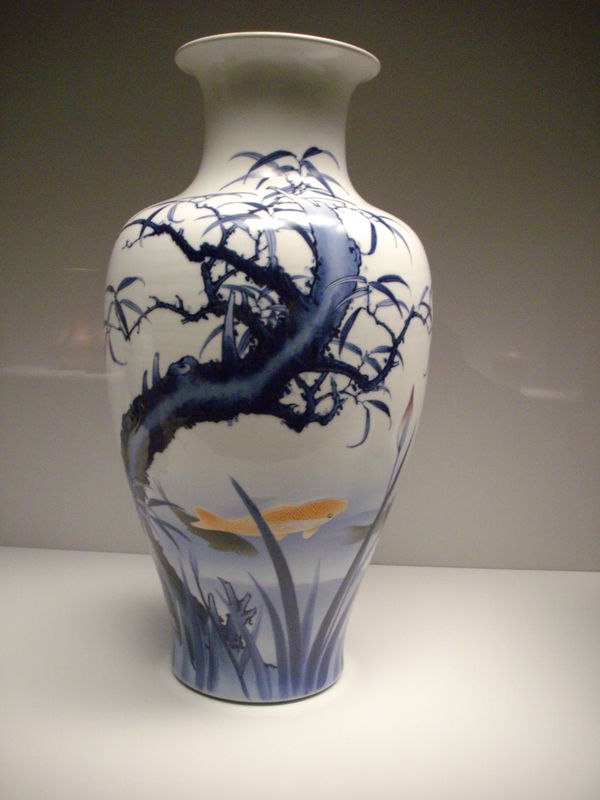
Les Arts décoratifs japonais face à la modernité 1900/1930 Bigmammy en ligne
Japonisme coincided with modern art's radical upending of the Western artistic tradition and had significant effects on Western painting and printmaking.. Like many artists associated with Art Nouveau, Henri de Toulouse-Lautrec was greatly affected by Japanese art and design. His posters, such as the one for a café-concert club.
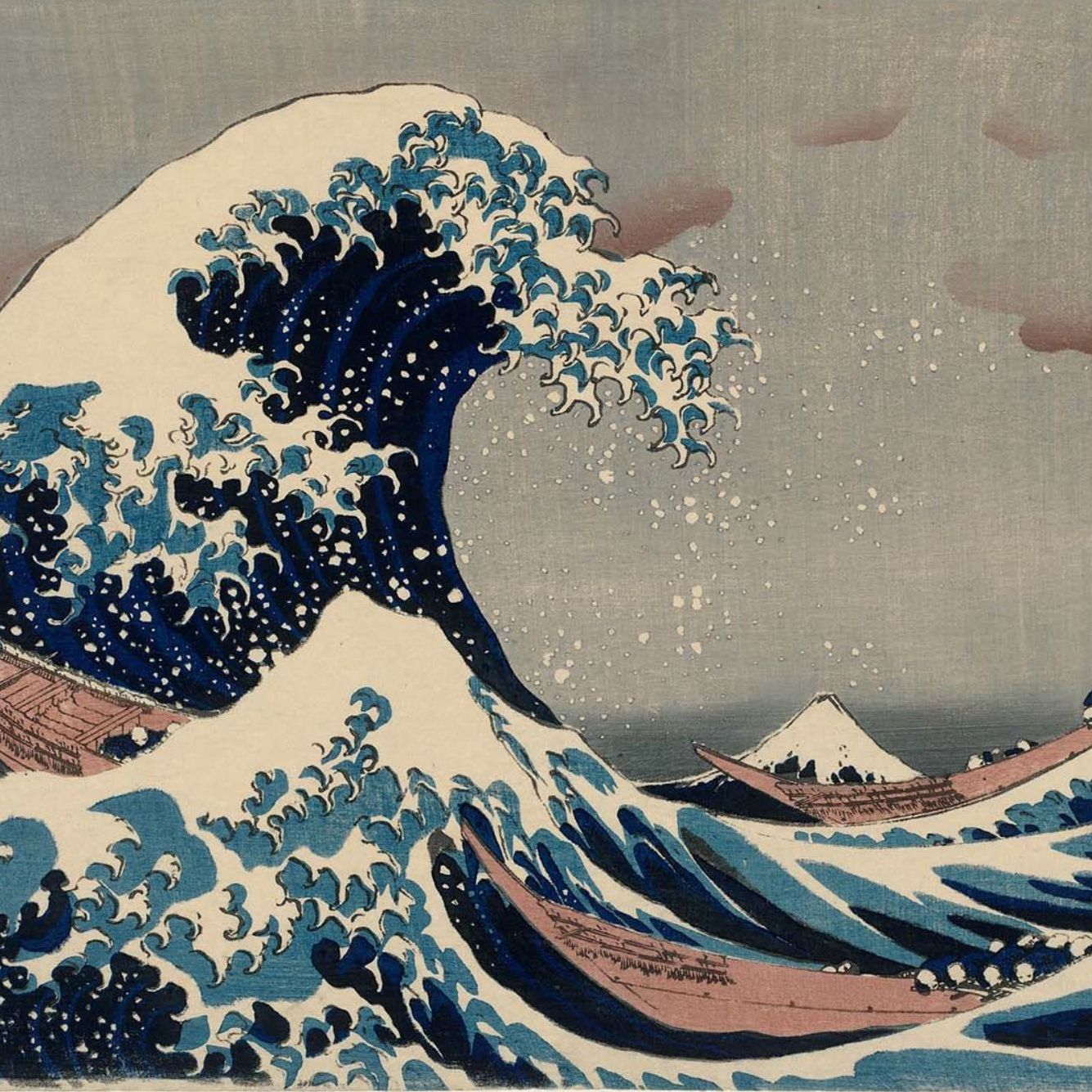
Which movements influenced Art Nouveau Test your skills
Japonisme coincided with modern art's radical upending of the Western artistic tradition and had significant effects on Western painting and printmaking.. Like many artists associated with Art Nouveau, Henri de Toulouse-Lautrec was greatly affected by Japanese art and design. His posters, such as the one for a café-concert club called.
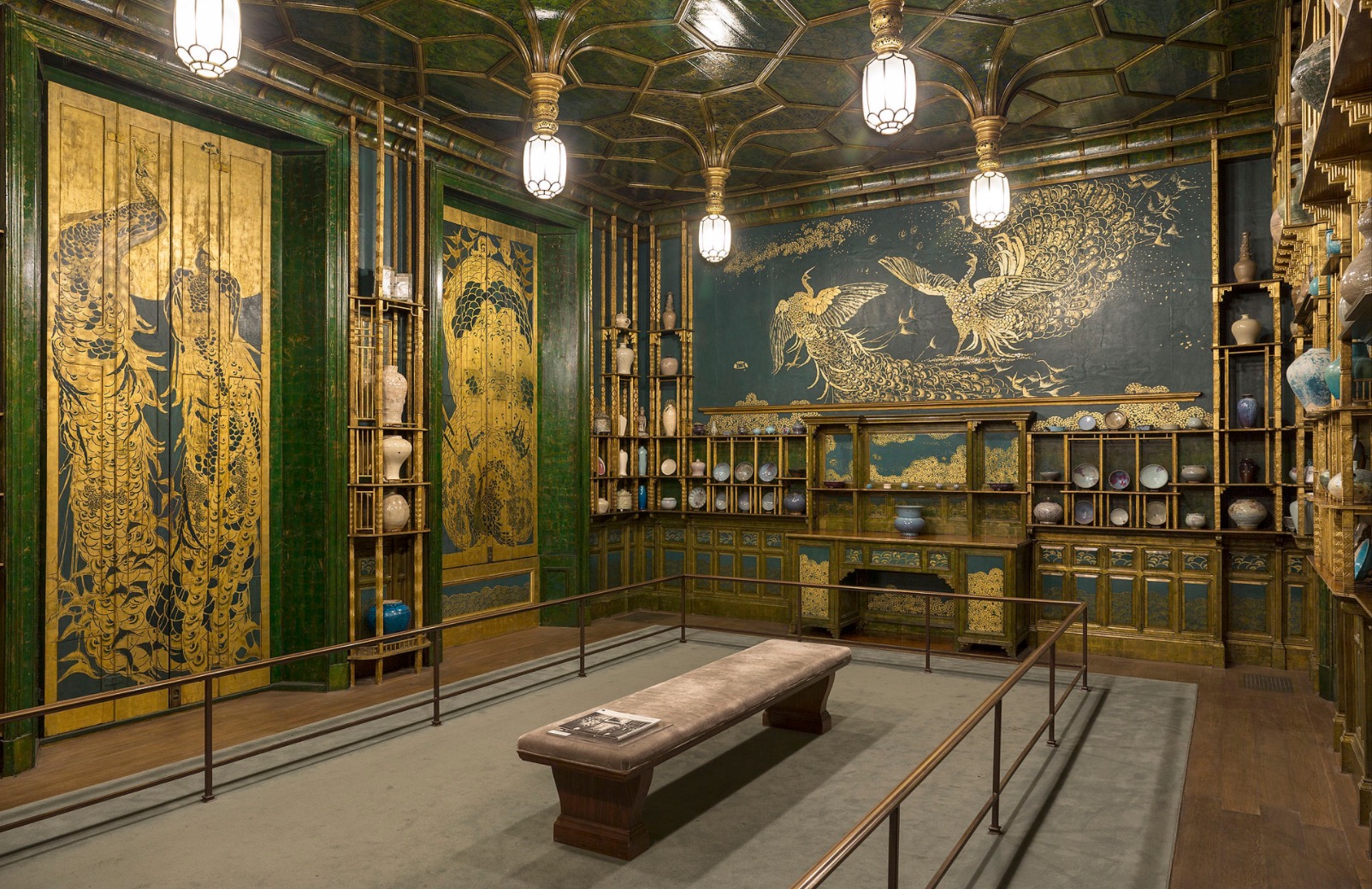
Japonisme A Fascination With Japanese Artwork Creative Market Blog
Fast and Free Shipping On Many Items You Love On eBay. Looking For Art.nouveau? We Have Almost Everything On eBay.
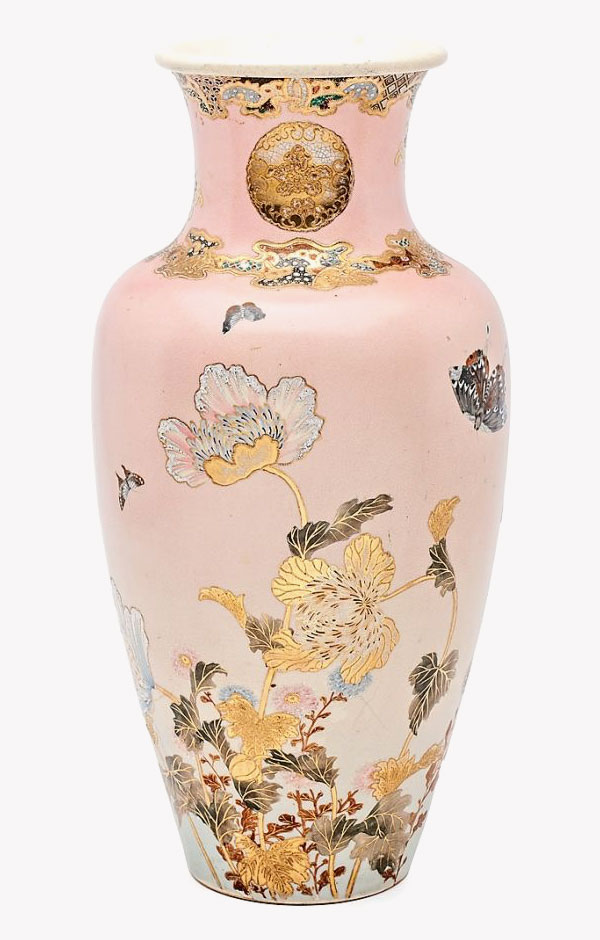
Japonisme and Its Impact on Modern Graphic Design — The Designest
During the mid-19th and 20th centuries, Western art saw the birth of Japonisme. The term was coined by Philippe Burty in 1872 and refers to the craze of Japanese culture in Europe. At a time when artists started to reject traditional art-making, Japanese aesthetics seemed like a breath of fresh air. They loved its flatness, vibrant colors.

French Art Nouveau Japonisme Secretaire For Sale at 1stdibs
Japonisme was a movement that began in the 1800s and lasted until the early 1900s. It was a movement where artists were influenced by Japanese art and culture. This movement led to the development of the Art Nouveau movement. The Art Nouveau movement was a movement that began in the late 1800s and lasted until the early 1900s.
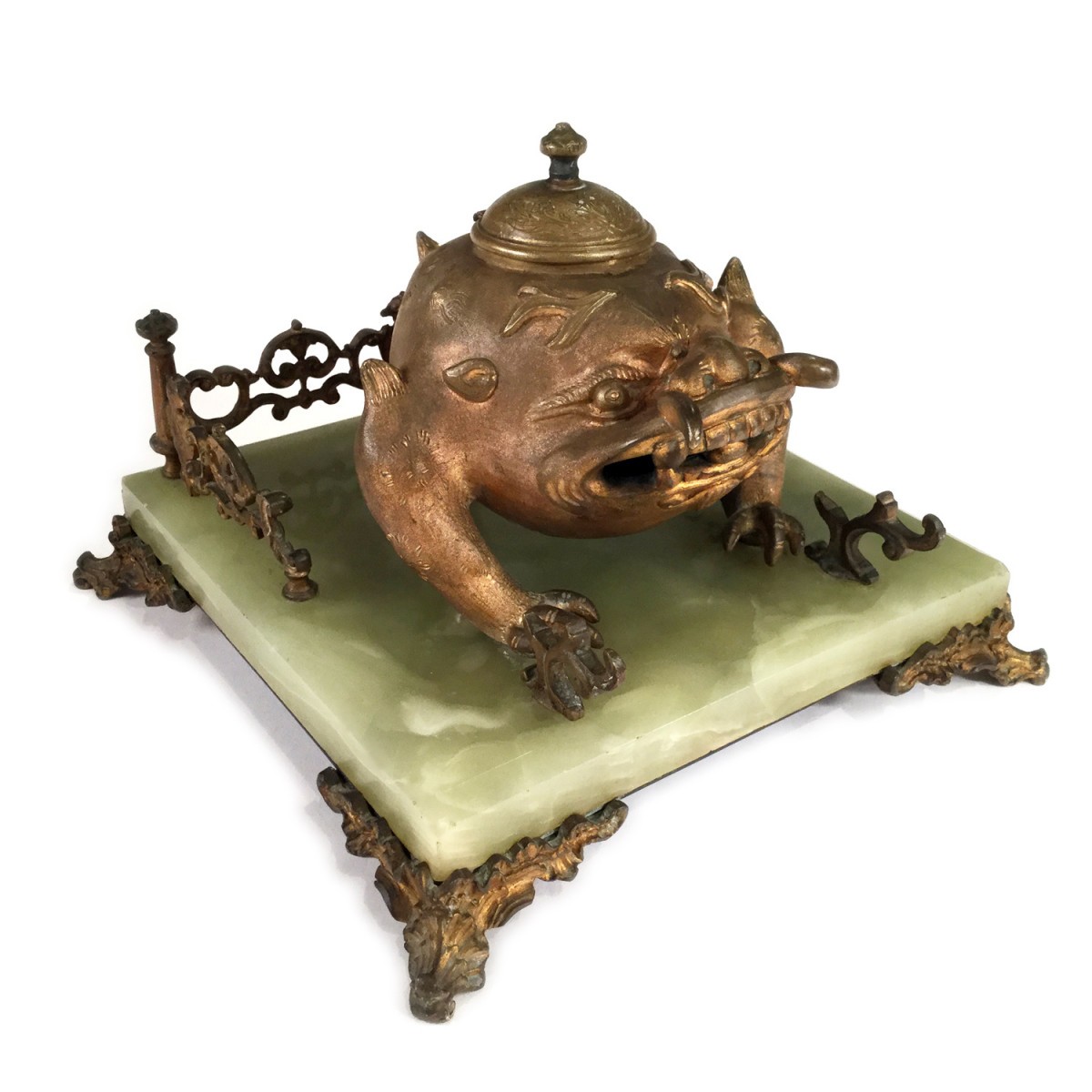
Art Nouveau Bronze Japonism Inkwell by Santamaria, late 19th c. Ref.70825
What is Japonisme?. Japonisme is a word used to describe the study of Japanese art and, more specifically, its influence on European works. While the phenomenon is present in a range of movements—including Art Nouveau and Post-Impressionism—it is most closely associated with Impressionism, as artists like Claude Monet and Edgar Degas were particularly inspired by the subject matter.

art_nouveau_japonisme_behang018c Maison l'Art Nouveau Tree wallpaper, Tree wallpaper design
Japonisme. Young Ladies Looking at Japanese Objects by the painter James Tissot in 1869 is a representation of the popular curiosity about all Japanese items that started with the opening of the country in the Meiji Restoration of the 1860s. Japonisme [a] is a French term that refers to the popularity and influence of Japanese art and design.
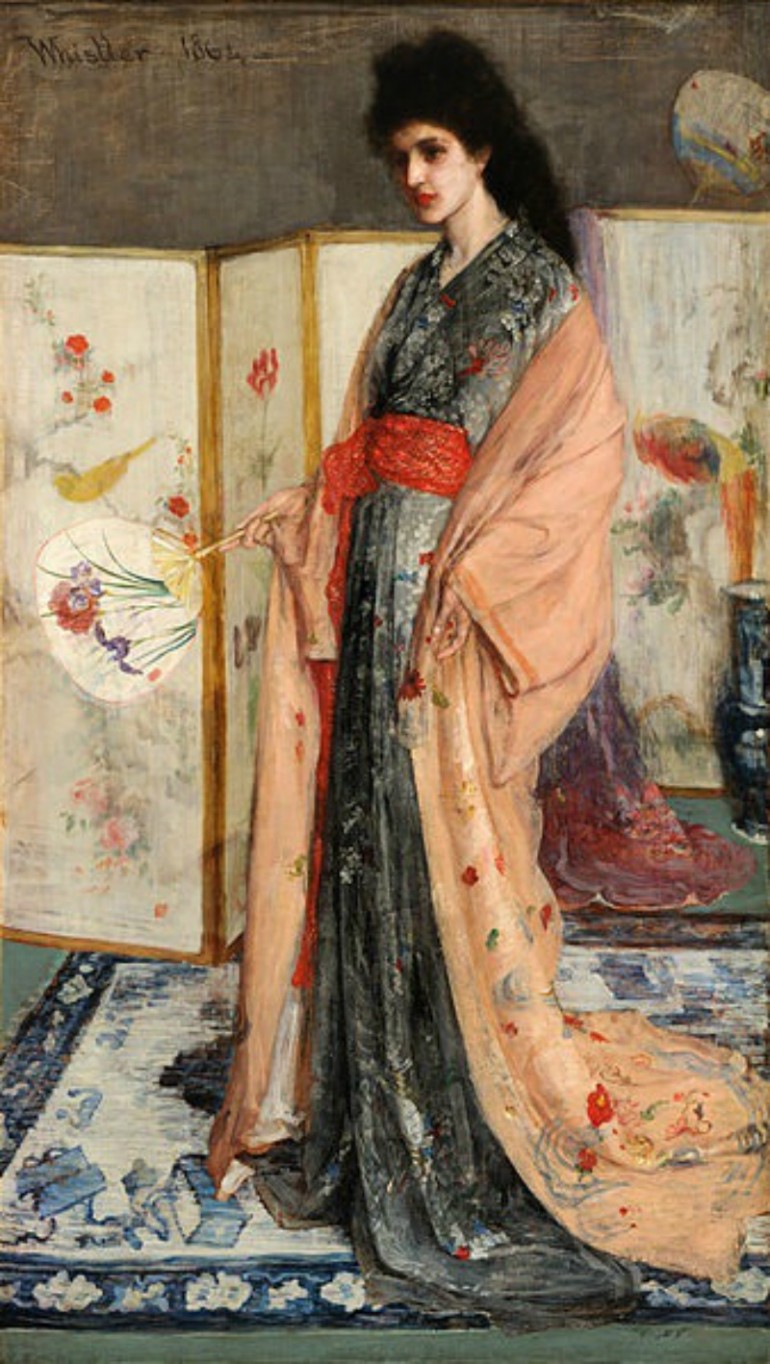
JAPONISM THE INFLUENCE OF JAPANESE UKIYOE WOODBLOCK PRINTS IN WESTERN ART
As the new style of Art Nouveau emerged, the movement became known by different names across Europe: Art Nouveau or Jugendstil, Modernista, Secession, Glasgow Style, stile Liberty, Szecesszió, and stile Floreale.. Japonisme. Japan's long period of exclusion from the west ended in the mid 19th century, and from 1862 the work of Japanese.

Plateau en acajou sculpté. Japonisme art nouveau époque vers 1900 Art Nouveau Furniture
At the dawn of the 20th century, perhaps the most vivid works that combined Japonisme, Art Nouveau and the impending Art Deco and Modernism movements were those by the furniture designer and.

Art Nouveau and Japonisme Baxter's Designs
art and design of the turn of the twentieth century—the brief, brilliant moment of Art Nouveau, now widely recognised as the beginning of modern design. As the term `Japonisme' suggests, Japanese art had an enormous impact on the arts in France from the 1860s onwards.' The second half of the nineteenth century was a period of soul

L'Art nouveau et Japonisme Alonso International Glass Collection
Overview. From the 1860s through to the 1890s the rise of Japonisme and the Art Nouveau movement meant few could resist the obsession with all things Japanese. Superbly crafted and often highly decorated Japanese objects - lacquer, metalwork, ceramics, enamels and other decorative items rich in new and exotic subject matter - stimulated and.

Art Nouveau Japonisme French Cut Glass Bronze Mount Vase E Etsy
From the 1880s until the First World War, western Europe and the United States witnessed the development of Art Nouveau ("New Art"). Taking inspiration from the unruly aspects of the natural world, Art Nouveau influenced art and architecture especially in the applied arts, graphic work, and illustration.Sinuous lines and "whiplash" curves were derived, in part, from botanical studies.

Cultural Appropriation part 2 History Beauty and Representation in "Modern" Asia
By 1902 the style was very popular in Japan, gracing not only postcards, but many other forms of graphic arts. Asai Chu was struck by the fact that western artists of the Art Nouveau style were particularly interested in the work of Ogata Kōrin (1658-1715). Also, artists who worked in the Art Nouveau style had borrowed motifs from Japanese.